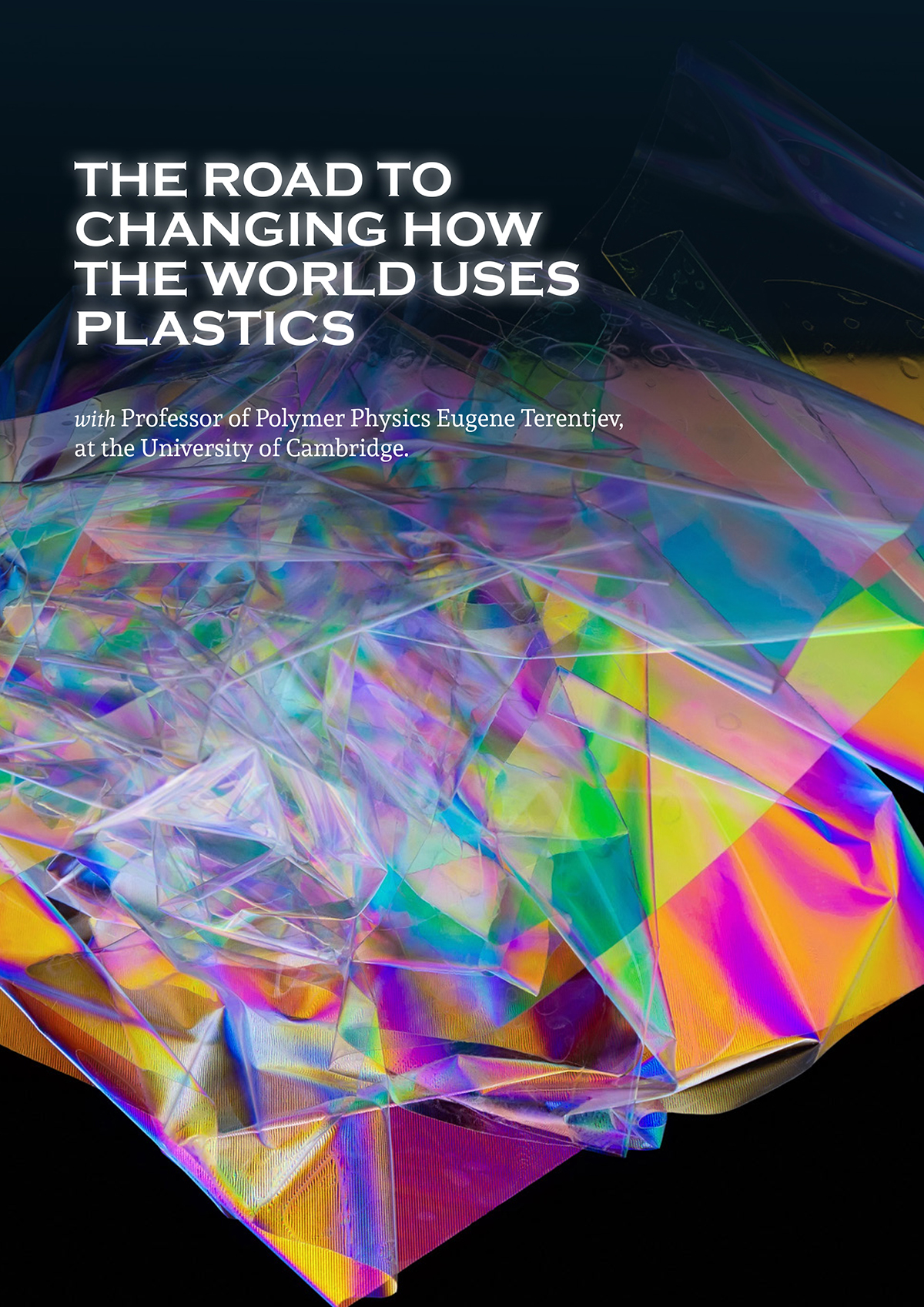Here, we talk to Professor of Polymer Physics Eugene Terentjev, at the University of Cambridge, about the way the world uses plastics
Professor Terentjev is involved with Cambridge Smart Plastics, a start-up that attempts to funnel leading polymer expertise into revolutionising commodity plastics, accelerating innovation and the translation of technology into a substantial change.
At this moment, world leaders are attempting to navigate a transition to green infrastructure. The results of copious IPCC Reports continues to push populations across the world to examine the plausibility of life going on, exactly as it is. The international attempt to hit global warming targets will not work unless every element of life and industry follows suit.
When it comes to plastic pollution, from microplastics that carry pathogens across the ocean to the immense amount of plastic in use that can never be recycled, the world is in need of a drastic change.
Here, Professor Terentjev explains some of the ways that Cambridge Smart Plastics could solve real-world problems.
The core technology of the start-up is the dynamic exchange of covalent bonds between polymer chains – allowing crosslinked polymer networks to switch to a plastic flow regime.
How can this technology be used to change the world?
“The longer-term application that we are very excited about, but which is presently on hold because the offered funding pushes us in other directions, is the concept of converting the mixed recycled plastic into a new material that we call ‘Plastic 2.0’ which would have as good properties as the originally produced pure plastics – thus would eliminate the need to produce more (and would motivate the recyclers convert their waste streams into valuable structural material instead of incinerating it),” he says.
To find out more about the ways that plastic can be changed, plus more of the inventions that this lab is working to make a functional reality, look no further.


